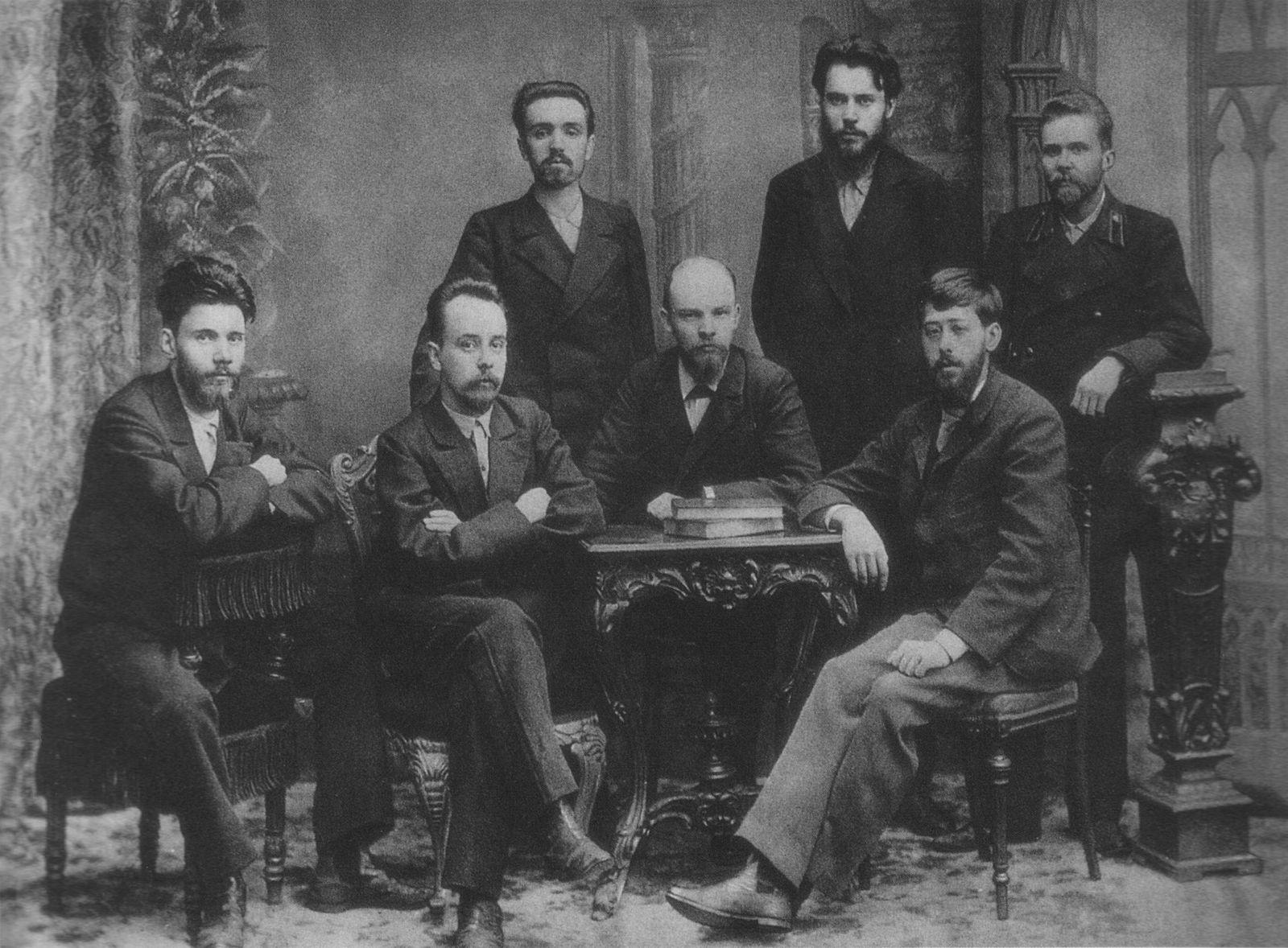No, in most cases. Once cultural heritage is destroyed, it is lost forever. So although self-determination allows a community to decide the fate of the symbols of its past, that does not mean that there is a free reign to destroy them. In many cases, a cultural property is considered a common heritage of all humankind, like that of ancient civilizations. In fact, that is the basis behind UNESCO’s World Heritage Sites. Also, artifacts should be protected for more than their aesthetic value. They tell us stories about how our ancestors used to live. The historical and archaeological knowledge we need about past civilizations is nearly impossible to gather without such monuments. If cultural property is meaningless to a community today, that could change and become enmeshed into the the identity of a new generation. Relics of the past are more than relics, they generate tourism which could significantly contribute to an economy and benefit an entire nation.
Two exceptions exist where it might be understandable for a community to destroy its own heritage. The first case, where it might be necessary to destroy cultural property, is to alleviate the immediate suffering of a people. That happens where basic survival is at stake. For example, Egypt had to move some temples, and demolish a few, when building a dam in the 1960s on the Nile river to allow its population to grow food all year round. International organizations were sympathetic to such needs and provided help with the massive task of moving the temples.
The second case is when the objects in question are symbols of hate such as slavery or racism. But even those could protected as a testimony to the horrors of the past. For example, Poland’s preservation of the site of Auschwitz in memory to the victims of the Holocaust. Statues or monuments deemed by a community to represent the darkest chapters of their history are better removed from public spaces and placed in museums dedicated to the education of future generations.
You might also like:
Erasing history: Iconic photos of eight types of iconoclasm
The motives of iconoclasm range from politics, religion, war, vengeance to art
ARTICLE: THE FUTURIST MANIFESTO
‘Destroy museums!’–Why an Italian waged war against the past
Those who embraced state-sponsored iconoclasm as a fast track to modernization
ARTICLE: THE FUTURIST MANIFESTO




